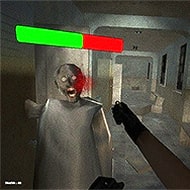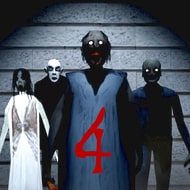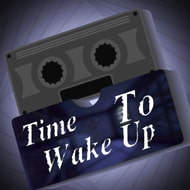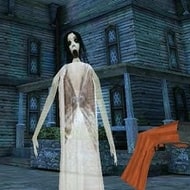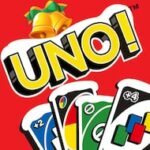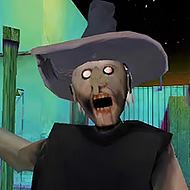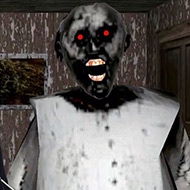UNO remains a staple card game that balances simplicity with strategic depth, making it accessible yet engaging for players of all levels. The core objective is to empty your hand by matching cards according to color or number, while special cards disrupt opponents’ plans and add twists to the gameplay. The unpredictability of cards drawn and the interactions between players keep each round fresh and intense.
Detailed Gameplay Overview
UNO’s rules are easy to grasp but involve tactical decisions that impact the outcome of each round.
- Matching Rules: Play cards matching the top discard card’s color or number. This requires constant attention to the evolving pile.
- Special Cards: Utilize action cards like Skip, Reverse, Draw Two, Wild, and Wild Draw Four to alter play dynamics, block opponents, or change the color.
- Calling UNO: Announce “UNO” when you have a single card left to avoid penalties. Forgetting can cost you valuable cards.
- Scoring System: Points are accumulated based on the cards left in opponents’ hands after a round, pushing players to win as efficiently as possible.
- Multi-Round Play: The game continues through multiple rounds until a player reaches the set target score, often 500 points, adding a marathon element.
Advanced Strategies to Enhance Gameplay
While luck influences the cards you draw, strategy is critical for consistent wins:
- Manage Wild Cards: Save Wild and Wild Draw Four cards for moments when you can decisively control the game’s flow or force opponents into tough spots.
- Track Opponents: Keep mental notes of opponents’ card counts and likely colors to anticipate their moves and adjust your tactics accordingly.
- Maintain Color Variety: Avoid overcommitting to one color to maximize flexibility when playing your cards.
- Use Action Cards Strategically: Timing Skip or Reverse cards can break the momentum of leading players or protect your position.
- Always Announce UNO: Failure to call UNO results in a penalty of drawing cards, potentially turning the tide against you.
- Bluff with Draw Cards: Holding onto Draw Two or Draw Four cards can pressure opponents psychologically, forcing cautious plays.
Common Questions and Clarifications
- What if I forget to call UNO? This results in drawing two additional cards as a penalty, providing a clear incentive to stay alert.
- Can action cards be stacked? Official rules generally prohibit stacking Draw cards, but house rules often allow it to add variation.
- How many players is ideal? UNO scales well from two to ten players, making it adaptable for small or large groups.
- Are there game variations? Yes, there are several popular variants adding unique cards and rules to spice up gameplay, such as Uno Attack or Uno Flip.
UNO’s blend of straightforward mechanics and strategic layers make it a timeless card game that appeals to casual players and competitive groups alike. It remains a social experience that encourages interaction, quick thinking, and occasional surprises.


